Building trust for over 200 years: A timeline of USP
USP timeline
A history of medicine quality
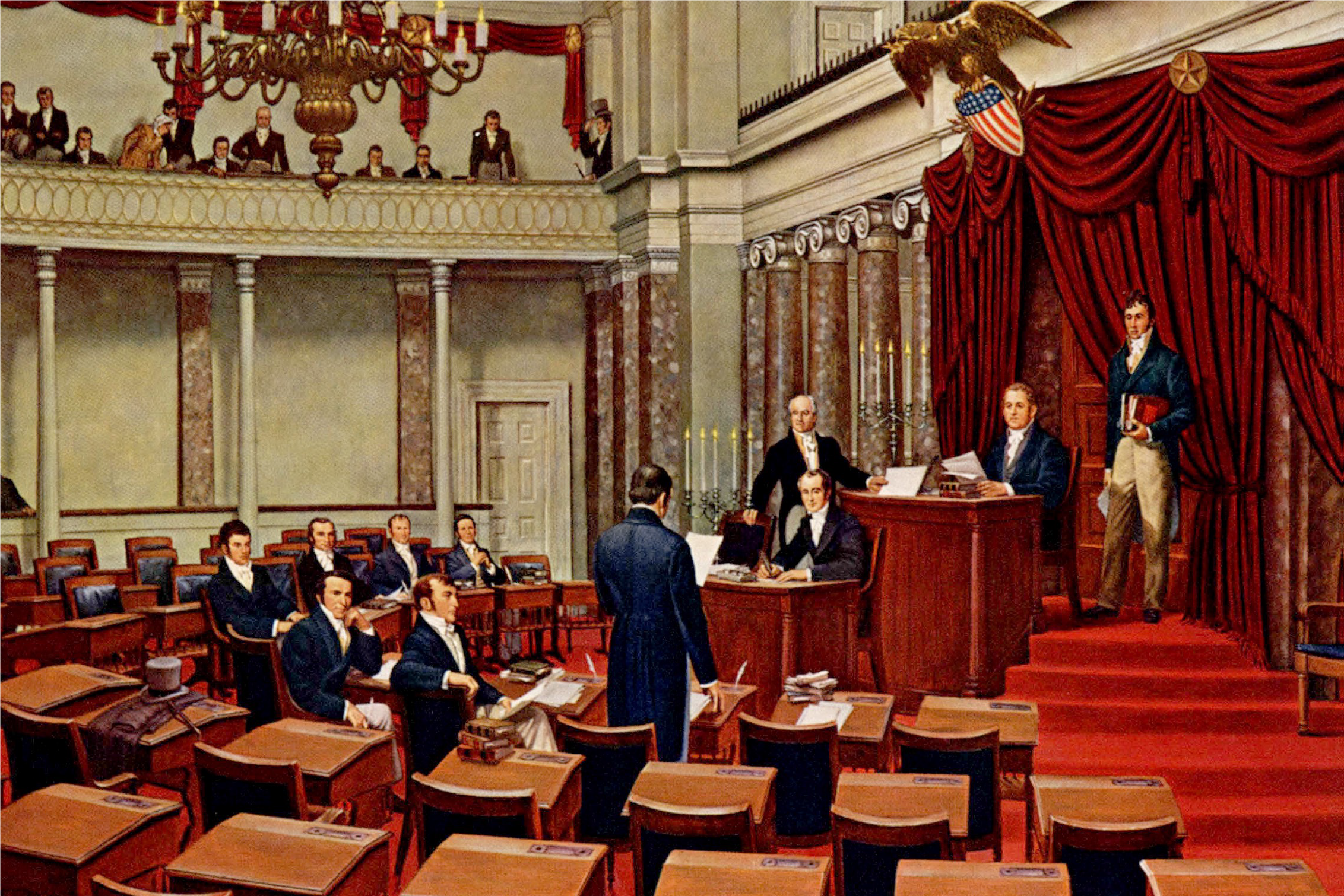
1820
Concerned about the dangers of poor-quality medicines in America, a small group of physicians came together to protect patients by forming the U.S. Pharmacopeia (USP), an independent, scientific, non-profit organization dedicated to improving public health. USP published the first edition of a national, uniform set of guidelines for the best understood medicinal substances and preparations of the day.

1848
To stop the importation of poor-quality drugs from European drug makers that deemed their products "good enough for America," Congress passed the Drug Importation Act. This legislation recognized USP standards for strength and purity, arming inspectors at ports of entry with tools to identify drugs that were substandard or deliberately adulterated.
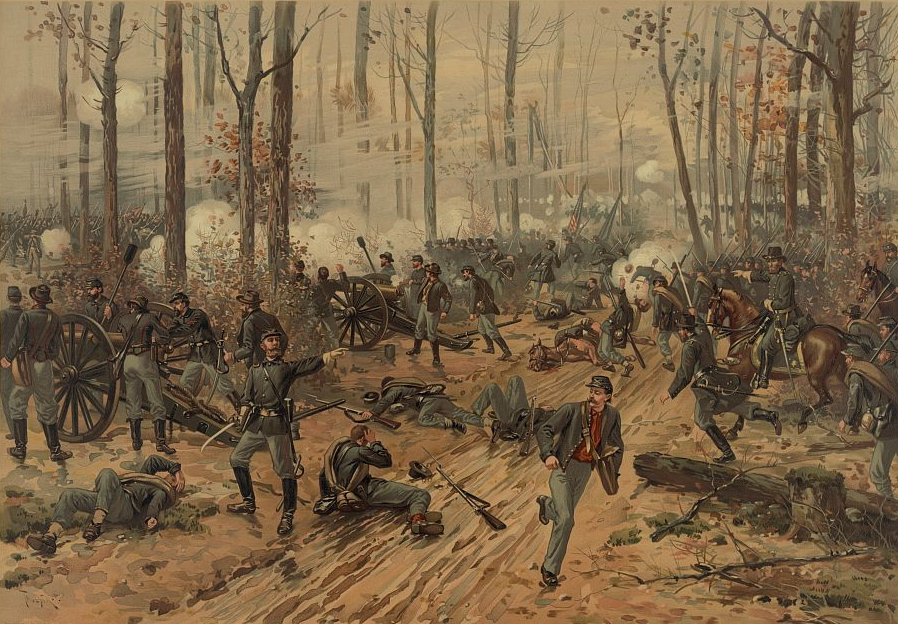
1863
As America's brutal Civil War raged on, doctors were desperate for an accurate source of information about medicines. They knew that they could trust the information about medicinal substances and their preparation that USP provided and relied on it to deliver the best possible care to sick and wounded patients.
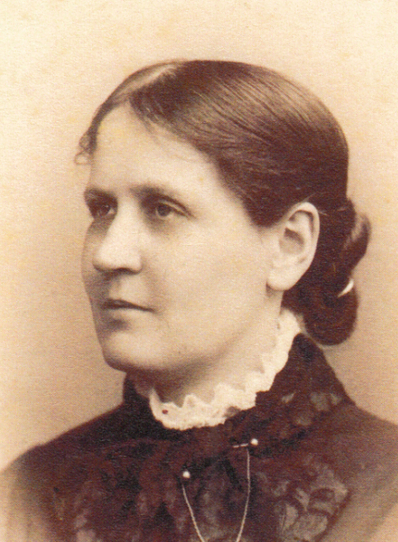
1880
at USP
In an age when few women entered the workforce, Clara Marshall, M.D. (1848-1931), was appointed the first woman member of the U.S. Pharmacopeial Convention. Earning her medical degree in 1875 from Women’s Medical College of Pennsylvania (WMCP), Dr. Marshall was the first female student at Philadelphia College of Pharmacy in 1876 and became Dean of the WMCP from 1887–1917.
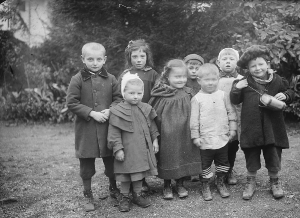
1905
Since the late 19th century, lifesaving antitoxin was regularly used to treat diphtheria. But in 1901, 13 children died from diphtheria antitoxin contaminated with tetanus. In the aftermath of this tragedy, USP introduced a public standard for diphtheria antitoxin to help ensure its safe manufacture.

1906
Passage of the Pure Food and Drug Act of 1906 recognized USP standards as official for strength, quality, and purity. Drugs marketed in the U.S. were legally required to meet USP standards.

1908
Translation of USP standards made them accessible to countries around the world, allowing their citizens to be confident in the quality of their medicines. Today, USP continues to forge collaborative relationships with pharmacopeias and other organizations around the world to build trust in the world’s medicines.
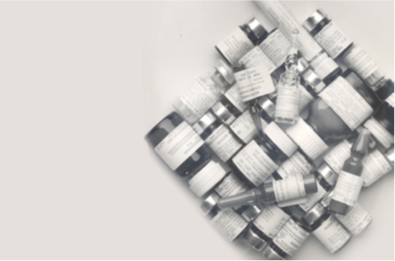
1932
USP begins its Reference Standards program, offering physical specimens of drugs tested according to USP guidelines so medicine manufacturers can test their products to ensure they meet specifications.

1937-38
More than 100 people in the U.S., many of them children, died after taking a fruit-flavored, antibiotic liquid, Elixir Sulfanilamide. The manufacturer had only tested it for appearance and palatability, not for safety. Congress responded with legislation that required companies to test all new drugs to verify that they meet USP standards for identity, strength, quality, and purity, and submit the data to the FDA before marketing.

1941
Insulin was first used to treat diabetes in 1922. In 1941, when the patent on insulin was about to expire, there was no public standard available. Working with the FDA and other stakeholders, USP developed a standard for insulin in less than one month to ensure that patients would continue to have access to this lifesaving product.

1944
Wounded soldiers and civilians drove unprecedented demand for penicillin during WWII. In response to the need for mass production of the drug, USP and federal agencies worked together to develop penicillin standards. Establishing standards for its identity, purity, strength, and potency, helped ensure the quality and consistency of this lifesaving medicine, regardless of where it was manufactured.
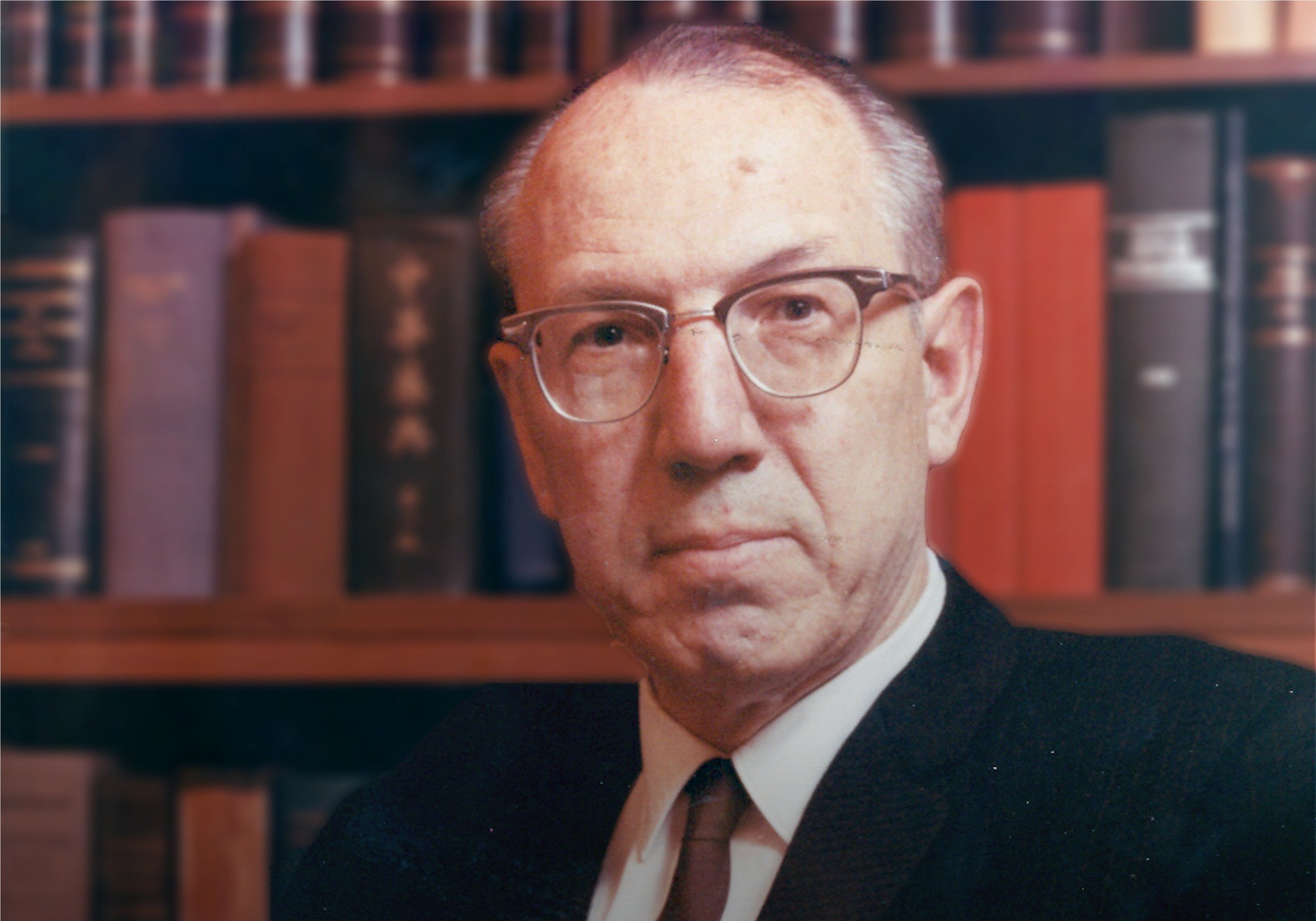
1949-50
For nearly 150 years, USP was run entirely by volunteer scientists and other experts who worked from their homes and laboratories to conduct meetings and develop standards. In 1949, the Board of Trustees appointed Dr. Lloyd Miller as the Director of Revision, making him USP's first salaried employee. Today, independent scientists and other experts continue to volunteer their time and expertise to support USP’s vision and mission to improve global public health.

1969
The 20th century saw a dramatic increase in international demand for USP standards. By 1969, 27 countries recognized USP standards. Today, 140 countries around the globe recognize USP standards.
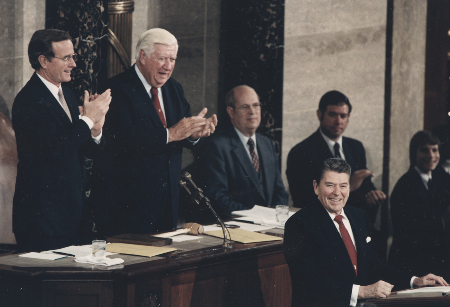
1984
The Drug Price Competition and Patent Term Restoration Act (aka the Hatch-Waxman Act) facilitated the introduction of generic versions of drugs into the market, increasing the availability of affordable medicines. USP standards provide ways for manufacturers, regulators and others to demonstrate that a medicine – brand or generic – is what it's supposed to be.

1990
As more people included dietary supplements as part of a healthy lifestyle, USP recognized the need for maintaining quality in dietary supplements to protect public health and began exploring standards for combinations of multivitamins and minerals as nutritional supplements. In 1994, federal legislation recognized USP as official standards for dietary supplements. Products that don't meet USP standards, but whose suppliers claim that they do, may be deemed misbranded. In 2009, USP introduced the Dietary Supplement Compendium, to provide methodologies to help ensure the quality of dietary supplements.

2000
USP and the United States Agency for International Development (USAID) created the Drug Quality and Information (DQI) program, focused on improving the quality of medicines and their appropriate use in resource-limited countries. In 2009, the DQI program evolved into the Promoting the Quality of Medicines (PQM), which supported the prevention of counterfeit and substandard medicines in low- and middle-income countries through partnerships with regulatory authorities and national quality control laboratories. In 2019, USAID announced plans to strengthen the PQM program implemented by USP to advance the technical assistance available to governments and with the opportunity to expand the program into new geographic regions.
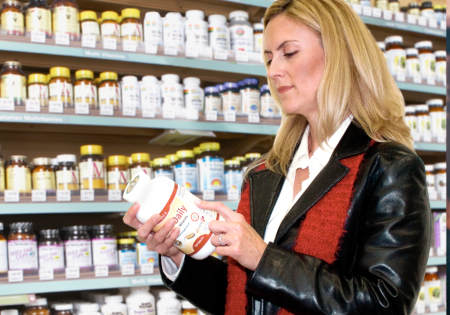
2004-06
USP launched a suite of verification programs for dietary supplement products, dietary supplement ingredients and pharmaceutical ingredients. With these voluntary programs, manufacturers can tell their customers that they meet the highest standards of quality. Manufacturers whose products pass this rigorous quality testing program earn the right to display the USP verified mark on their packaging.

2005-08
USP opened state-of-the-art laboratories and offices around the world to build relationships and share scientific information and ideas: Hyderabad, India (2006); Shanghai, China (2007); and São Paulo, Brazil (2008). The sites support USP's collaborative testing efforts, provide technical assistance, and offer training and education opportunities in their respective regions.

2006
USP acquires the Food Chemicals Codex (FCC). This compilation of internationally recognized, independent standards for verifying the identity, purity and quality of food ingredients is important in protecting the integrity of the global foods marketplace and furthers USP's mission of protecting and promoting public health.

2007-08
In 2007-08, heparin, a blood thinner used to treat heart patients, was deliberately tainted with a toxic substance, causing the deaths of nearly 150 people and injuring hundreds more. In response, the FDA asked USP to change the heparin standard to include testing techniques to detect the added substance. Since then, USP has revised the heparin standard to include other impurities and further refined testing methods. In 2008, melamine was deliberately added to milk and baby formula, affecting an estimated 300,000 people. USP and others responded to the emergency with a “toolbox” of analytical solutions to address food adulteration.

2013
Following a meningitis outbreak in 2012 linked to compounded medicines, the U.S. Congress enacted legislation to regulate the quality of compounded medicines. It clarified the FDA's authority over drug compounding and reaffirmed that a compounder must use bulk drug substances and ingredients that comply with USP standards.

2017
The USP Quality Institute was established to conduct research and generate data to enable evidence-based policy decisions that can help increase the availability of quality medicines everywhere. USP works with the World Health Organization, Asia-Pacific Economic Corporation, and other international agencies to improve the quality and security of medicines around the world.
A pilot for the Impurities for Development program is initiated to identify, isolate, synthesize and characterize impurities in medicines under development, helping manufacturers bring quality medicines to market faster and more efficiently.
USP and USAID celebrate twenty-five years of collaborating to help developing countries address critical issues related to medicines information and quality.

2018
USP launched the Medicines We Can Trust campaign to inspire collective action and unify partners around the world to address the problem of poor-quality medicines that still exists today, putting millions of lives at risk, costing economies billions and undermining people’s trust in health.
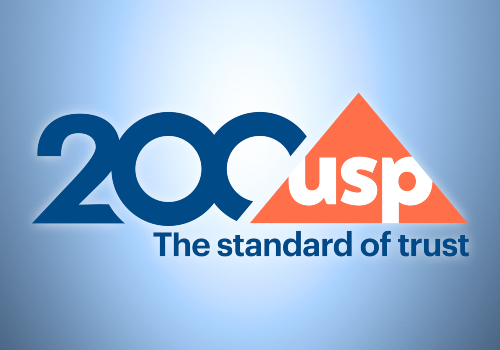
2020
In 2020, USP celebrates the legacy of trust it has built and its continued commitment to positively impact public health by facilitating access to quality medicines, dietary supplements and foods now and into the future.



